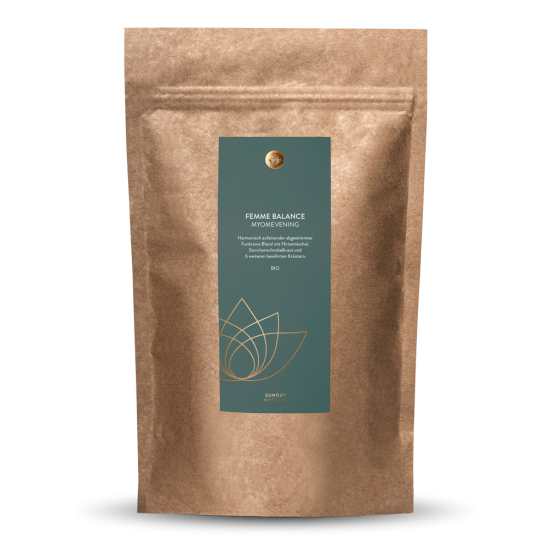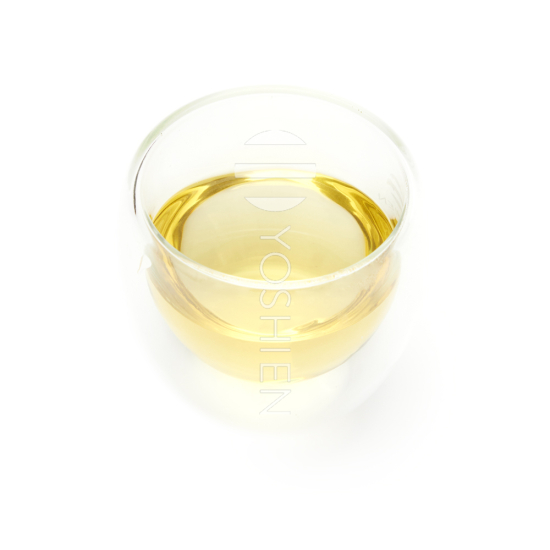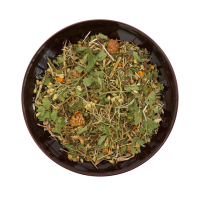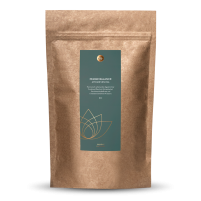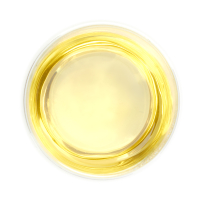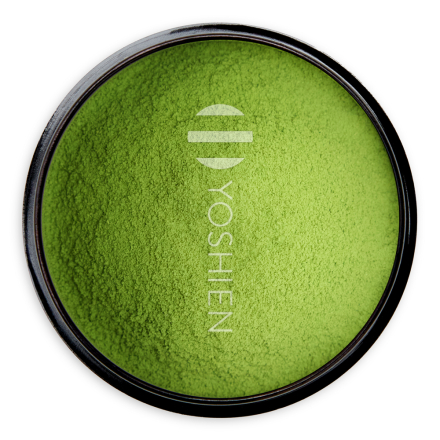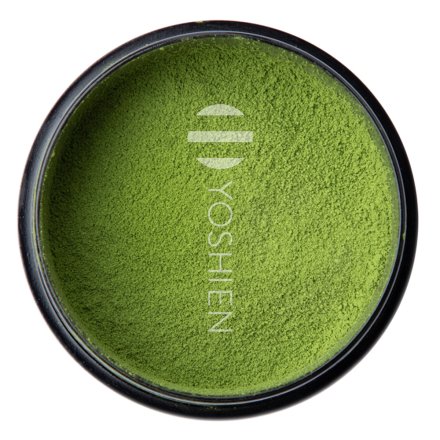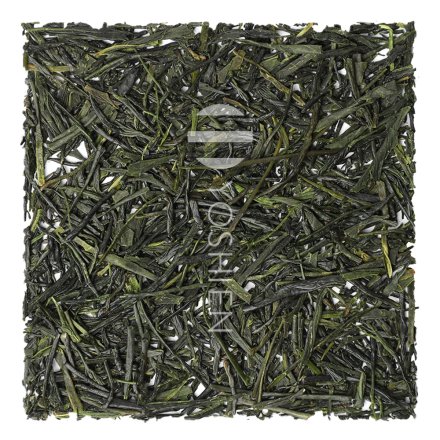Lady’s Mantle
Lady’s mantle (Alchemilla) belongs to the rose family (Rosaceae). Its species are found across Europe, Asia, and Africa, thriving particularly well in higher altitudes, with around 300 species present in Europe alone. Its name, Alchemilla, speaks for itself and hints at its magical qualities: Since ancient times, the droplets of water that appear on the inner surface of its leaves have been regarded as a healing remedy.
Mulberry Leaf
Mulberry leaves (Morus folium L.) have long been valued as a beneficial plant, not only in Asia but in other parts of the world as well. Originally native to the temperate and subtropical regions of the Northern Hemisphere, excluding Europe, the mulberry tree was introduced to Europe in ancient times, where it found a wide range of uses.
Yarrow
Yarrow can be found throughout Europe, northern Asia, and as far north as the Arctic Circle. It is a perennial and hardy plant that remains above ground even in winter. Yarrow has a long-standing tradition in herbal medicine. According to Greek mythology, Achilles is said to have used yarrow, and it is from this legend that the plant gets its Latin name Achillea millefolium.
Liquorice Root
Liquorice root (Glycyrrhiza glabra) has been part of human history for centuries. In ancient Egypt, it was enjoyed as a tea, while in ancient Rome, the first liquorice sticks were crafted. It remained popular through the Middle Ages, and Napoleon Bonaparte is even said to have always carried some with him. Native to Western Asia and the Mediterranean, this hardy perennial can grow up to 150 cm tall. Only the root runners are harvested, and this takes place exclusively in the autumn.
Shepherd’s Purse
Shepherd’s purse (Capsella bursa-pastoris) is a plant from the mustard family (Brassicaceae) that is found all over the world. Its most distinctive feature is its small, heart-shaped seed pods, which resemble the pouches once carried by shepherds. It typically grows along roadsides and in fields. In traditional herbal medicine, shepherd’s purse is valued for its ability to stop bleeding. It contains biogenic amines such as acetylcholine and tyramine, as well as flavonoids, saponins, and potassium salts. These compounds help constrict and tone blood vessels, which explains its haemostatic (blood-staunching) properties.
Turmeric
Turmeric (Curcuma longa) is a tropical plant from the ginger family, originally native to South Asia. It grows as a perennial herb with large, lance-shaped leaves and underground rhizomes that are a deep, vibrant orange. After harvesting, these rhizomes are dried and finely ground to produce the distinctive golden-yellow powder. Turmeric has been used for centuries, both in cooking and in traditional practices, and remains a staple ingredient in many spice blends, particularly in Indian and Southeast Asian cuisines. In tea blends, turmeric imparts a warm, earthy-spicy flavour and enhances other ingredients with its rich taste and vibrant colour in a beautifully balanced way.
Dill
Dill (Anethum graveolens L.) is a summer-annual, herbaceous plant originally native to Western Asia. Some records also cite Morocco and Spain as places of origin, though these claims are somewhat contradictory. Over 5,000 years ago, dill spread from the Mediterranean to the Atlantic. It was known to the ancient Egyptians and widely used by both the Greeks and Romans in antiquity. Medieval monastery gardens helped cement its place, not just in cooking, but in daily life in general. The entire plant has a strong, distinctive dill scent, which also makes it easy to distinguish from other members of the umbellifer family.
Cranesbill (Hardy geranium)
Cranesbill (Geranium spp.) is a wild-growing plant from the geranium family, native to many parts of Europe. One of the best-known species is Herb Robert (Geranium robertianum), noted for its aromatic scent and delicate pink flowers. Its deeply lobed leaves and the distinctive beak-like shape of its seed pods, resembling a stork’s bill, make cranesbill easy to identify. The plant prefers semi-shaded to shaded environments and is commonly found along woodland edges, hedgerows, and damp meadows.




